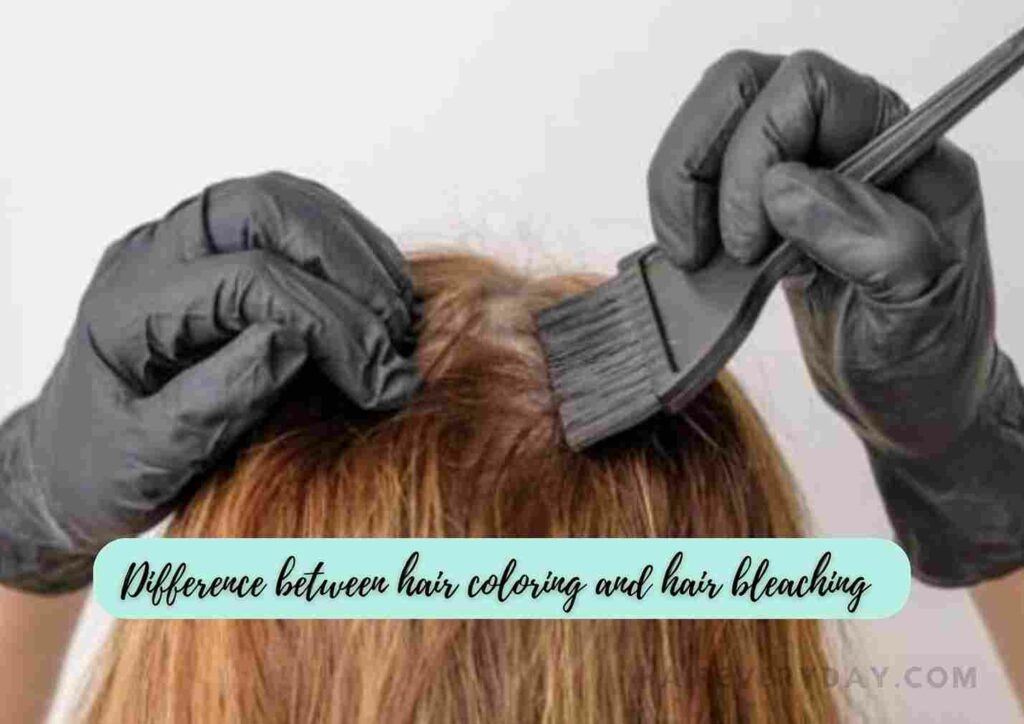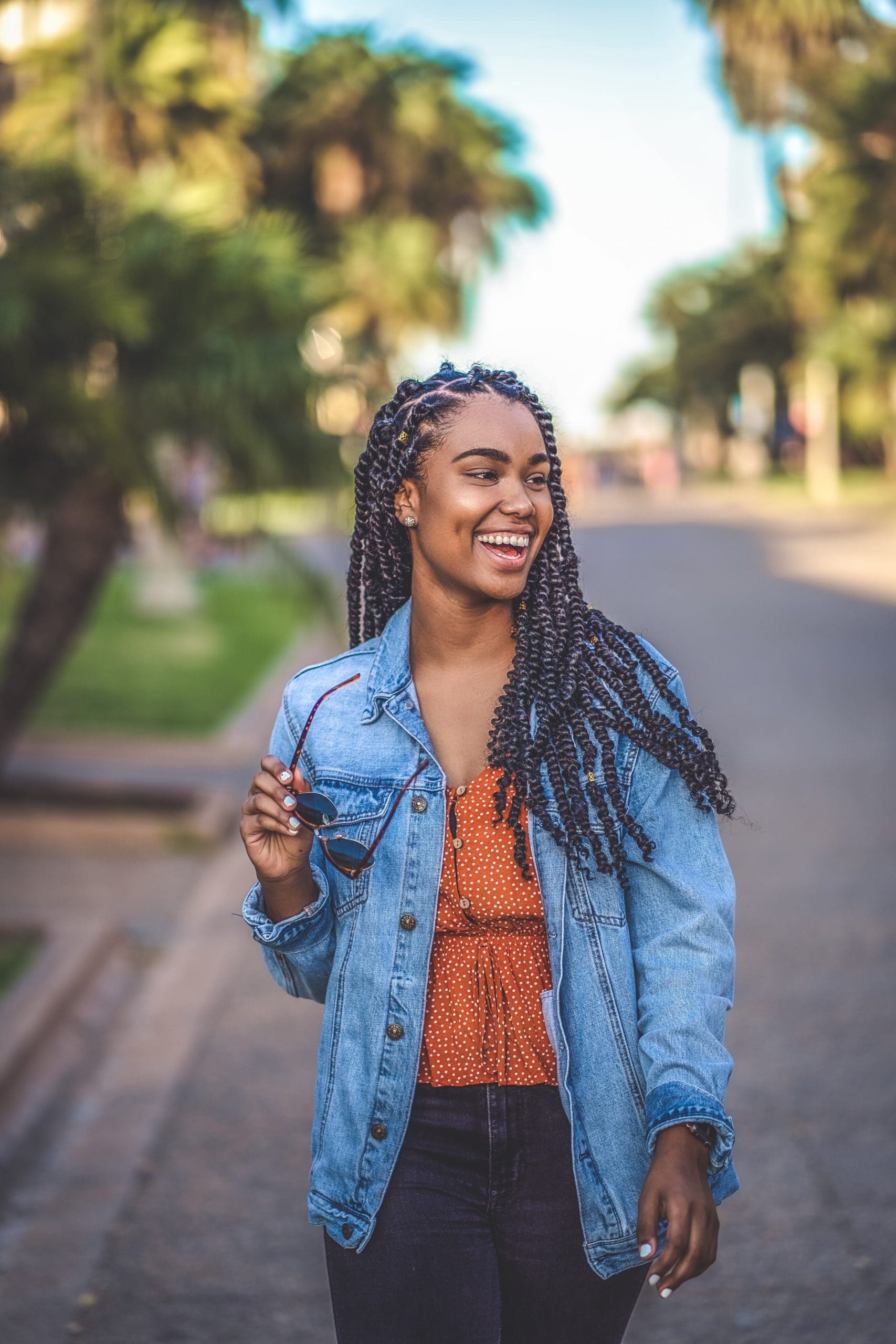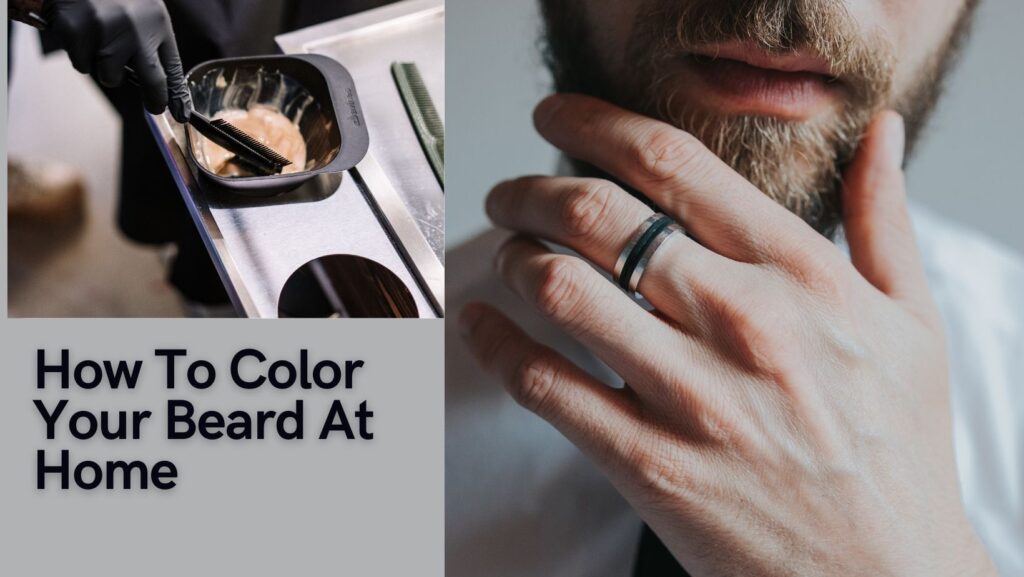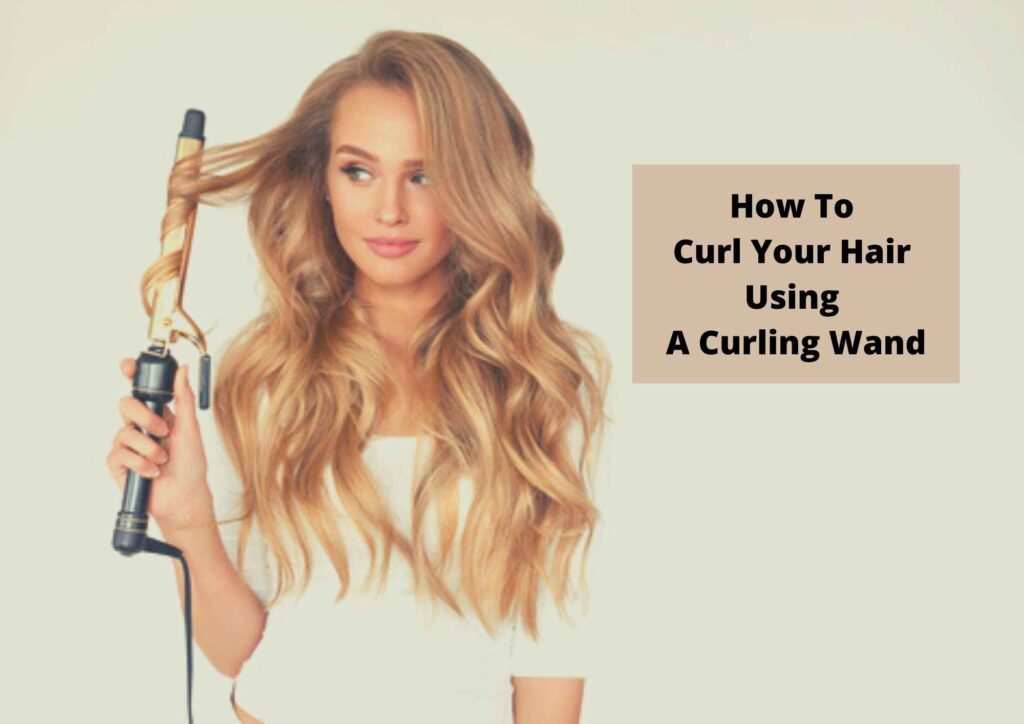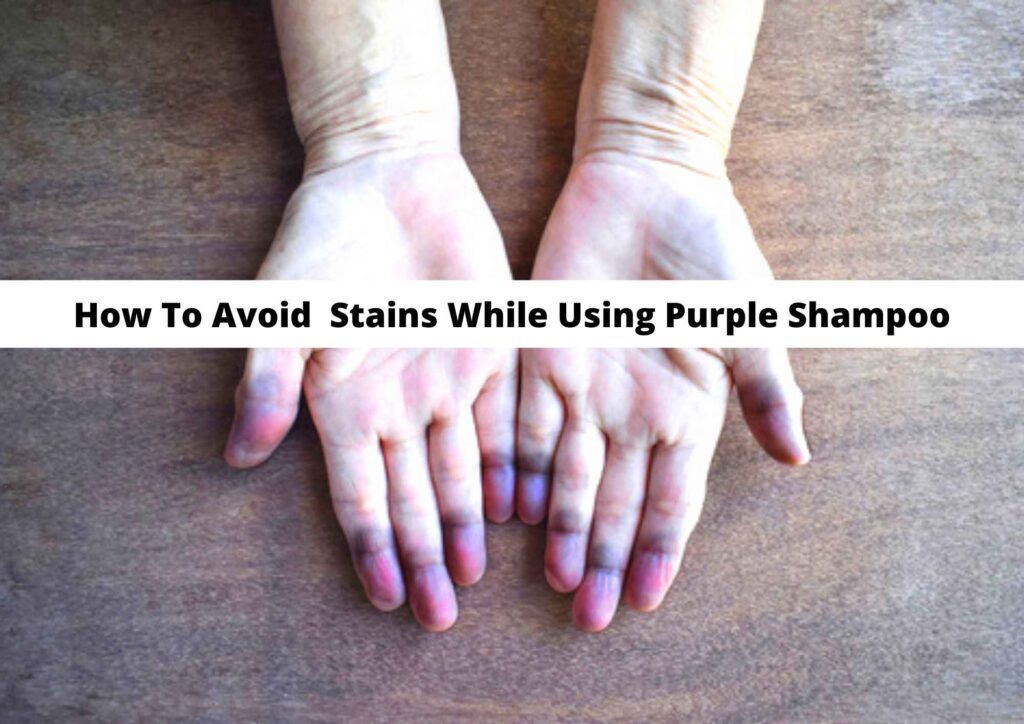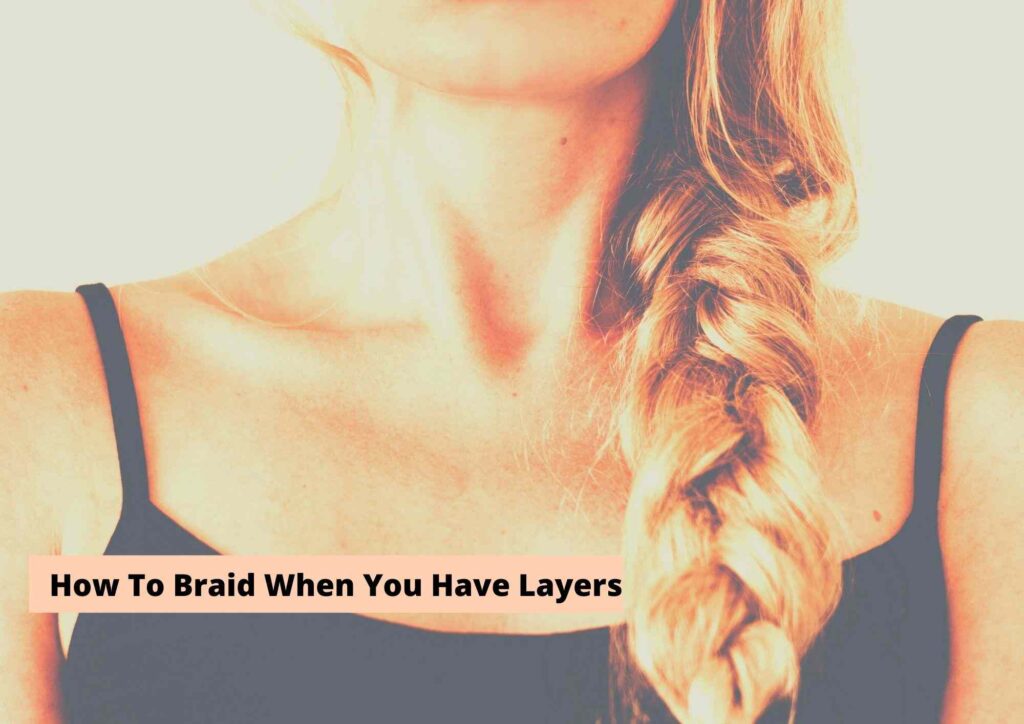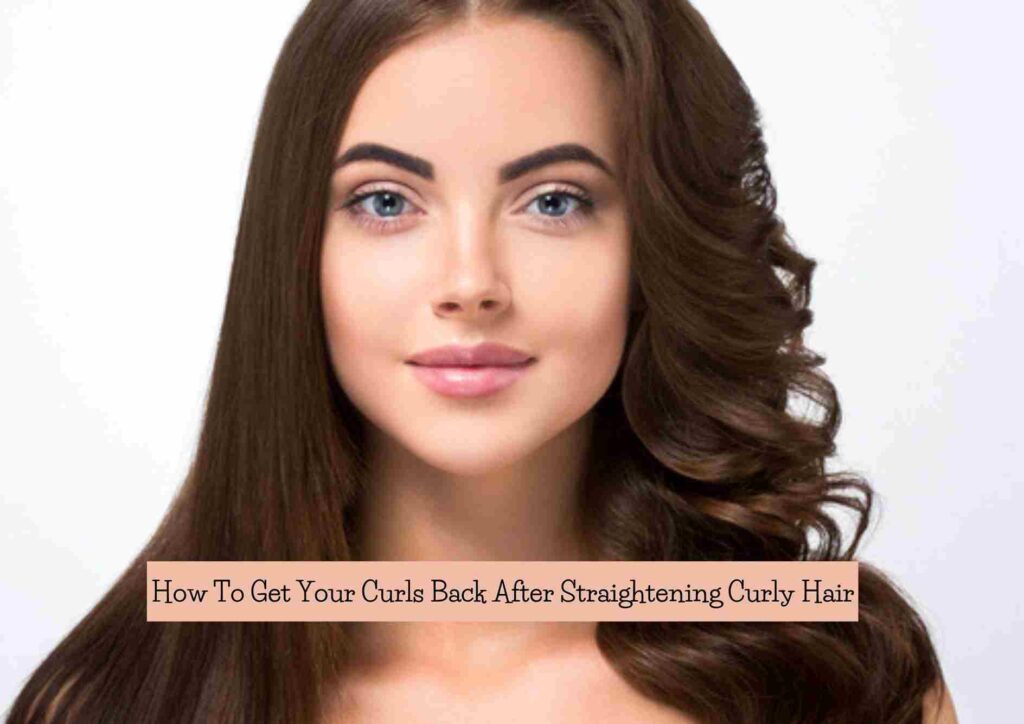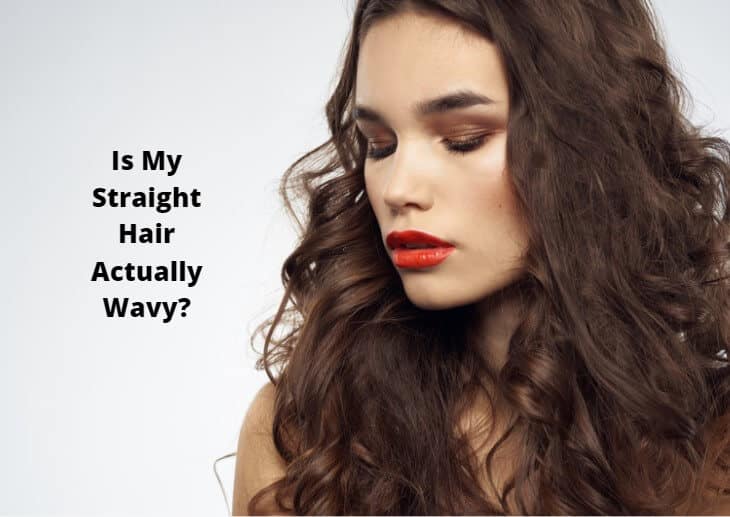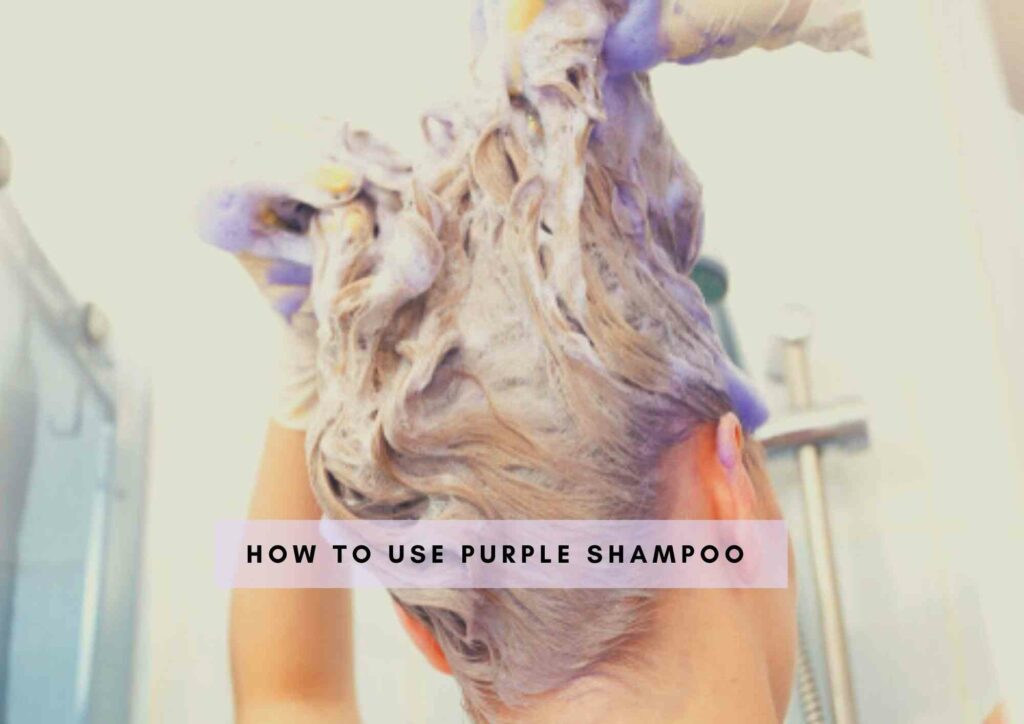In my article below I have outlined the difference between hair lightening and hair coloring and which technique is less damaging to thin, curly, fine and other hair types.
Hair can be one of the most versatile and beautiful elements of any ensemble. Whether you’re looking for subtle, sun-kissed highlights, or a vibrant, high-contrast dip dye, the possibilities for hair color are seemingly endless.
However, many folks are still unaware of the difference between lightening and hair coloring.
Knowing the difference between the two processes can help you make an educated decision that fits your situation and style best.
Lightening hair is all about brightening the natural hue of your tresses, while coloring is an opportunity to completely revamp the tone of your mane.
Both processes require the same level of attention and can provide stunning results, it’s just a matter of which direction you’d like to take. By understanding the distinctions between these two hair treatments, anyone can choose the one that’s right for them and their look.
Difference Between Hair Lightening And Hair Coloring
Hair lightening and hair coloring are two methods used by stylists to alter the color of hair. Though both methods use compounds to change the pigment of the hair, the process of achieving the color desired is different and each has specific results. Here are the top differences between hair lightening and hair coloring.
- To begin, hair coloring involves adding pigment to the hair, while hair lightening removes the existing natural pigment from the hair.
- Hair coloring works by depositing color molecules directly onto the hair’s cuticle layer, while hair lightening employs an oxidation process that breaks down the natural melanin which is responsible for providing pigment.
- The result of hair coloring will be a darker color, while lightening causes the hair to take on a lighter hue.
- Additionally, hair lightening is a more potent chemical treatment and is likely to damage the hair showing visible signs of discoloration, such as orange or yellow tones.
- Hair color, on the other hand, is a gentler process since it adds pigment to the hair, preserving its natural strength and integrity.
- Finally, hair lightening can be used to create multiple different looks. It can bring out subtle highlights, a complete transformation from one color to another, or even to make unusual and unique bleached hair designs.
- Hair coloring, however, is more limited as it is generally used to darken or modify existing hues, bringing shades a few shades lighter or darker.
- In conclusion, though both hair lightening and hair coloring can be used to change the hues of hair, the processes employed, damage levels, and outcomes all differ.

- Related: Does Balayage Damage Hair More Than Highlights
- Related: Balayage Vs. Highlights Vs. Ombre
- Related: Will Bleaching Red Dyed Hair Turn It Pink
Which is worse for hair: hair bleaching or hair coloring with developer
When it comes to planning a hair alteration, there can be a lot of fear and confusion around hair bleaching and coloring with developer, and many people wonder which is worse for the hair.
Both can have their drawbacks and it’s important to remember that everyone’s hair is unique and what may be fine for some may not have the same outcome for others.
Hair bleaching, or lightening, is known to be one of the harsher processes with more chance of damage since it involves removing pigment from the hair. It requires the use of a bleach powder and a developer, which are mixed together to create a paste that’s applied to the hair.
It’s an unpredictable process and it may be difficult to get an even outcome and will depend on the type of hair you have, how porous it is and how quickly it takes the bleach.
There’s also a large risk of damage as the bleach can be drying and can burn or weaken the cuticle layer of the hairs.
Hair coloring with developer is sometimes referred to as permanent dye and it involves depositing pigment onto the hair strands.
This typically involves the application of a dye and a developer, which is mixed together and needs to be left on your hair for a certain period of time so the pigment deposits.
This process has the potential to damage hair and there’s a risk of color not taking well to the hair, depending on its porosity levels. This process is also more likely to dry hair out than bleaching.
So, there is no definitive answer as to which one is worse for hair. Both have the potential to cause damage and it is down to each person to look at the condition of their hair and what they are trying to achieve, before deciding which is best for them.
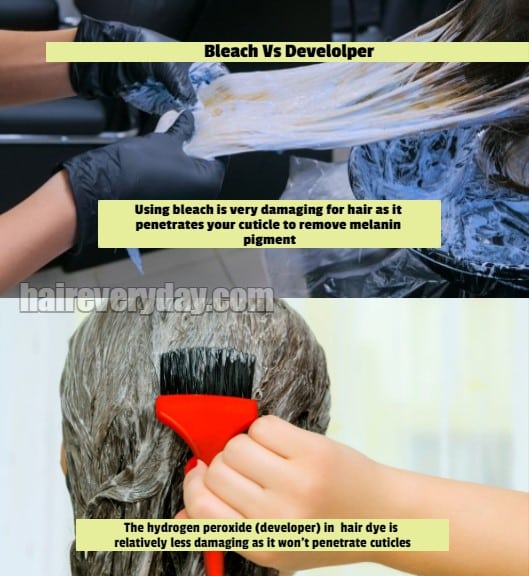
Do you need to lighten your hair every time you apply color
No, you don’t need to lighten your hair every time you apply color. There are benefits and drawbacks to both lightening and coloring your hair. It really comes down to the look you’re trying to achieve and the condition of your locks.
Lightening your hair allows you to achieve lighter tones and brighten up dull locks.
But the downside is that it can be very damaging to your hair over time, as it involves using chemicals to strip away colour. Also, if you have naturally dark hair, lightening your locks can be a lengthy process.
On the other hand, hair coloring can be an easier and less risky way to change up your style.
While it won’t be able to lighten up your hair or make it look dramatically different, hair coloring is ideal for subtle changes such as deepening or brightening natural colors. It’s also much less damaging than lightening your hair, as it can condition your hair while adding a new tone.
The choice really depends on the condition of your hair, what kind of color intensity you’re after, and how often you wish to apply the color. If you’re looking for a more drastic change, you might be better off lightening your hair.
Does permanent hair dye contain bleach in it

No, permanent hair dye does not contain bleach. Although many people confuse the two, hair lightening and hair coloring are actually two different processes.
Hair lightening is the process of changing the color of the hair by reducing the existing pigment. It’s usually used to achieve lighter shades than the natural color of the hair. This type of process usually involves bleaching, meaning it breaks the existing color molecules and replaces or removes them with a lighter color.
Hair coloring, on the other hand, is the process of applying a new pigment to the existing color, typically to cover areas of gray hair or simply to provide a different color tone. Permanent hair dye does not contain bleach, as it is literally coloring an existing color, and does not remove existing color.
Although not as dramatic a change as lightening with bleach, semi-permanent dye can still give you a noticeable change without containing bleach.
Semi-permanent dye is often referred to as natural hair coloring, as it stays in the hair until it is washed out. This type of hair dye adds a new color molecule to the existing color, making a subtle change that usually can’t lighten the existing color.
But, semi-permanent hair dye does not contain bleach and thus does not remove existing pigment, it merely adds a new color molecule. For those who want a dramatic change but don’t want the harshness of traditional bleach, semi-permanent coloring is an attractive option.
Can I directly color my hair blonde without hair lightening
The question of whether you can color your hair blonde without lightening it first is one that comes up often.
It’s an understandable desire to skip the lightening process and make a dramatic color change without a ton of effort.
However, it’s important to understand the difference between hair lightening and coloring, and why the two processes are necessary for achieving the right hue.
Generally speaking, hair lightening is used when you’re trying to make a drastic color change, like going from dark brown to blonde. This is because it’s impossible to make a dark hair color change to a lighter color without lightening it.
Hair coloring, on the other hand, is used to enhance or alter colors that are already in the hair. It helps to blend colors and shade them to create a certain desired look.
Therefore, if you’re looking to dye your hair blonde without lightening it first, the most you can do is enhance the existing colors or tones in your hair. This will depend on your natural hair color and how light it is.
Hair needs to be at a certain lightness level before you can dye it to a lighter color, so it’s important to understand that you won’t be able to achieve the exact same shade of blonde as if you had lightened it first.
Summary on Hair Lightening and Hair Coloring
To summarize, it is technically possible to color your hair blonde without lightening it first, however achieving the desired shade will be more difficult.
For the best end result from your color job, lightening your hair is the preferred method. This will provide the richest colors, allowing you to achieve the exact shade of blonde that you’re looking for.
Hair lightening, utilizing bleach, permanently strips the hair of its original color, allowing for a lighter end result.
Hair coloring, on the other hand, saturates the hair with vibrant hues of high pigment, providing an instant injection of color. Knowing which technique to choose for your desired end result will leave you feeling confident and beautiful.
Also Read:
How Bad Is Box Dye For Your Hair
To Summarize

